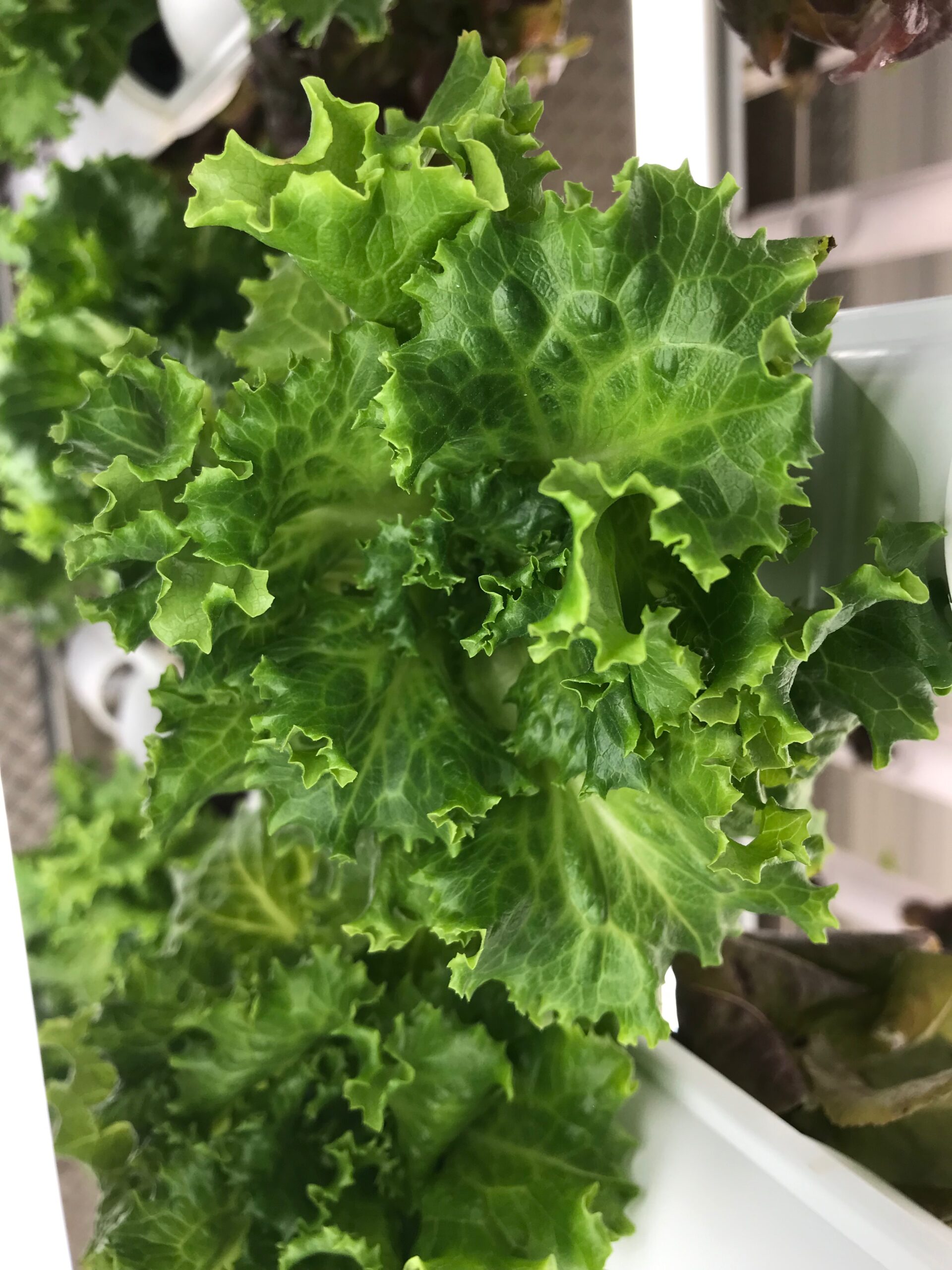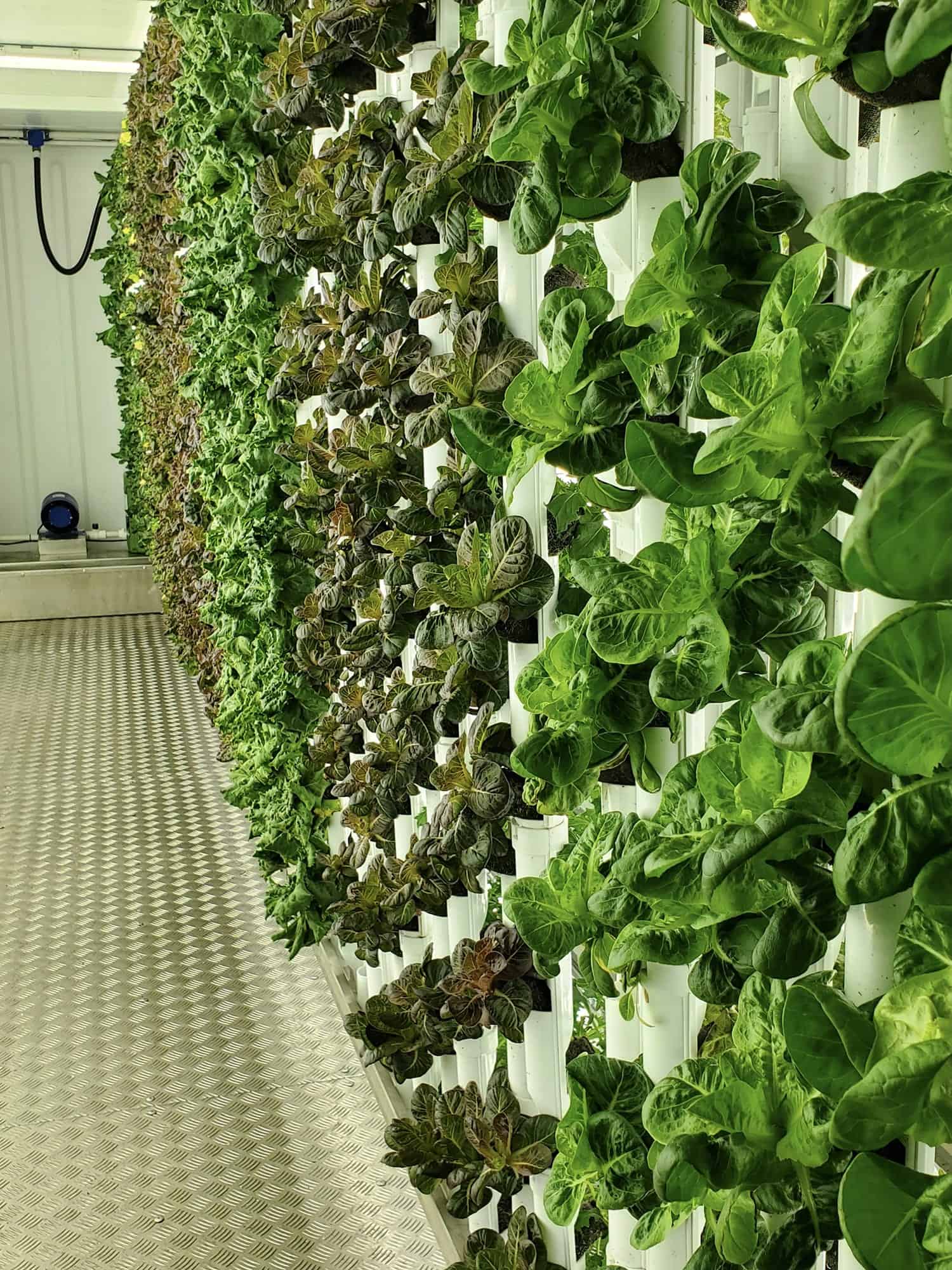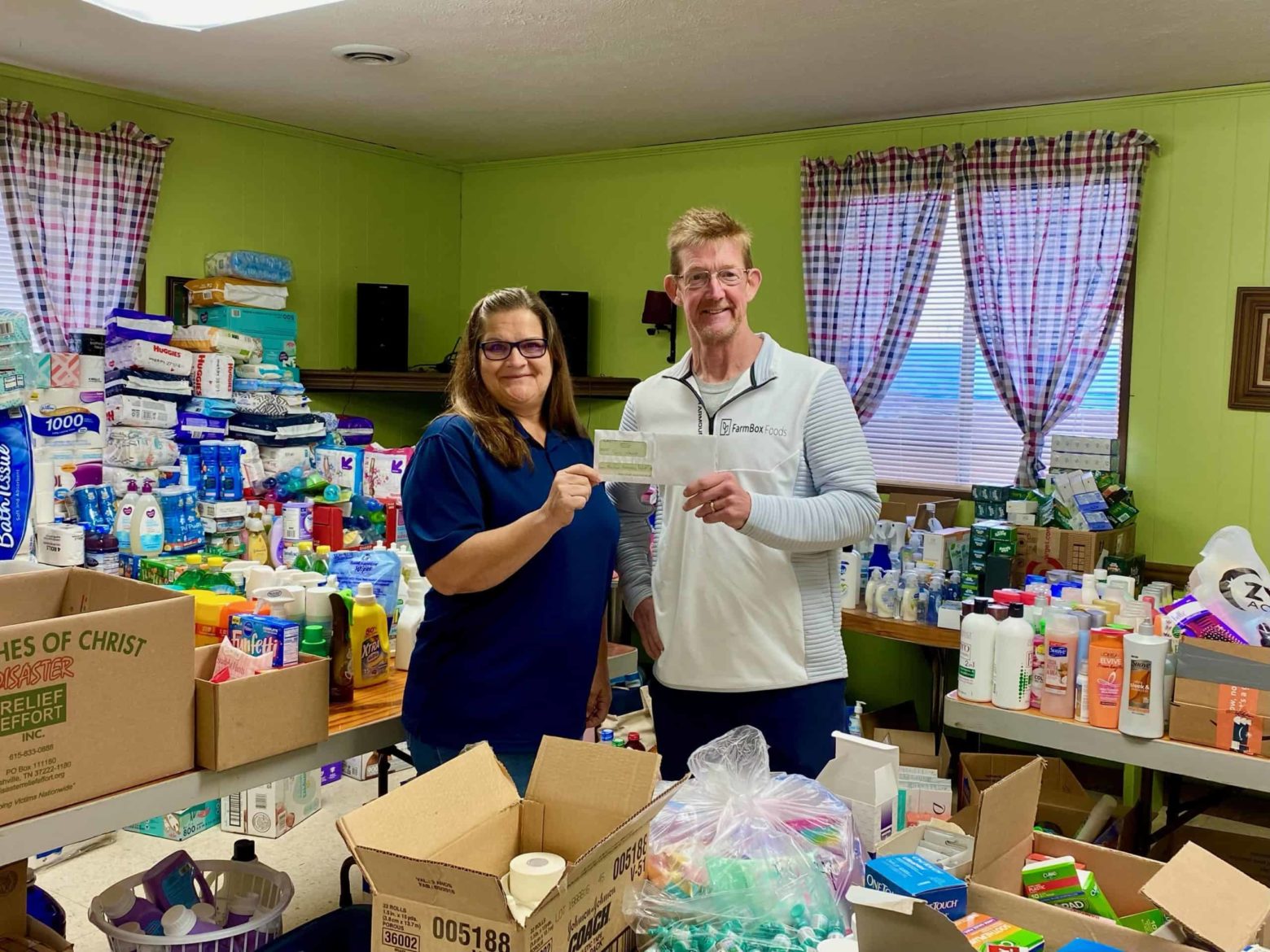Local food production, or “localized agriculture,” offers a range of benefits that can have positive impacts on individuals, communities, and the environment. 
Freshness and Flavor Matter!
When food is grown nearby, like in a shipping container farm, it can be harvested at its peak ripeness and delivered to consumers more quickly, which results in fresher and more flavorful produce compared to items that have traveled long distances.
Nutritional Value
Fresher produce typically retains more of its nutritional value because it spends less time in transit and storage.
Reduced Food Miles
Growing food locally reduces the distance it needs to travel from farm to plate. This reduces the carbon footprint associated with transportation, helping to mitigate climate change.
Support for the Local Economy
Local agriculture supports local farmers, creating jobs and contributing to the economic vitality of the community. It keeps money circulating within the local economy, which can have a multiplier effect.
Community Engagement
Growing food near the consumer often fosters a sense of community. Customers can connect with the farmers who grow their food, fostering relationships and trust.
Food Security
Hyperlocal food systems can enhance food security by reducing reliance on distant sources of food. In times of disruption, such as natural disasters or supply chain issues, local food production can ensure a more stable food supply.
Preservation of Open Space
Supporting local agriculture can help protect open spaces and agricultural lands from development, preserving the rural character of communities.
Customization and Diversity
Local farmers may be more responsive to consumer preferences, allowing for a greater variety of crops and specialty products. This can lead to a diverse and unique food offering, in addition to food that’s culturally relevant to the community as a whole.
Reduced Food Waste
Because local food doesn’t have to travel long distances, it is less likely to spoil in transit. This can help reduce food waste, which is a significant issue in many parts of the world. Around one-third of food grown in the U.S. goes to waste.
Cultural and Culinary Connections
Local food systems often celebrate regional culinary traditions and cultural diversity. Consumers can enjoy foods that are unique to their area and learn about local food traditions.
Seasonal Eating
Eating locally encourages seasonal eating, as consumers rely on what is currently in season in their region, which promotes a healthier and more diverse diet.
Health Benefits
Fresher produce can be more nutritious and may encourage people to consume more fruits and vegetables, leading to improved health outcomes.
Transparency and Accountability
With shorter supply chains, it’s often easier for consumers to trace the origin of their food and ensure it meets certain quality and safety standards.
While there are numerous benefits to growing food close to the consumer, it’s important to recognize that not all types of food can be grown locally in all regions due to climate and other factors. Therefore, a balanced approach that combines local production with responsible global sourcing may be necessary to meet all food needs sustainably. We will always need traditional farming to grow staple crops like corn and wheat!





